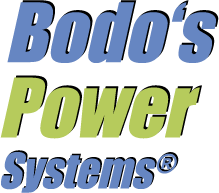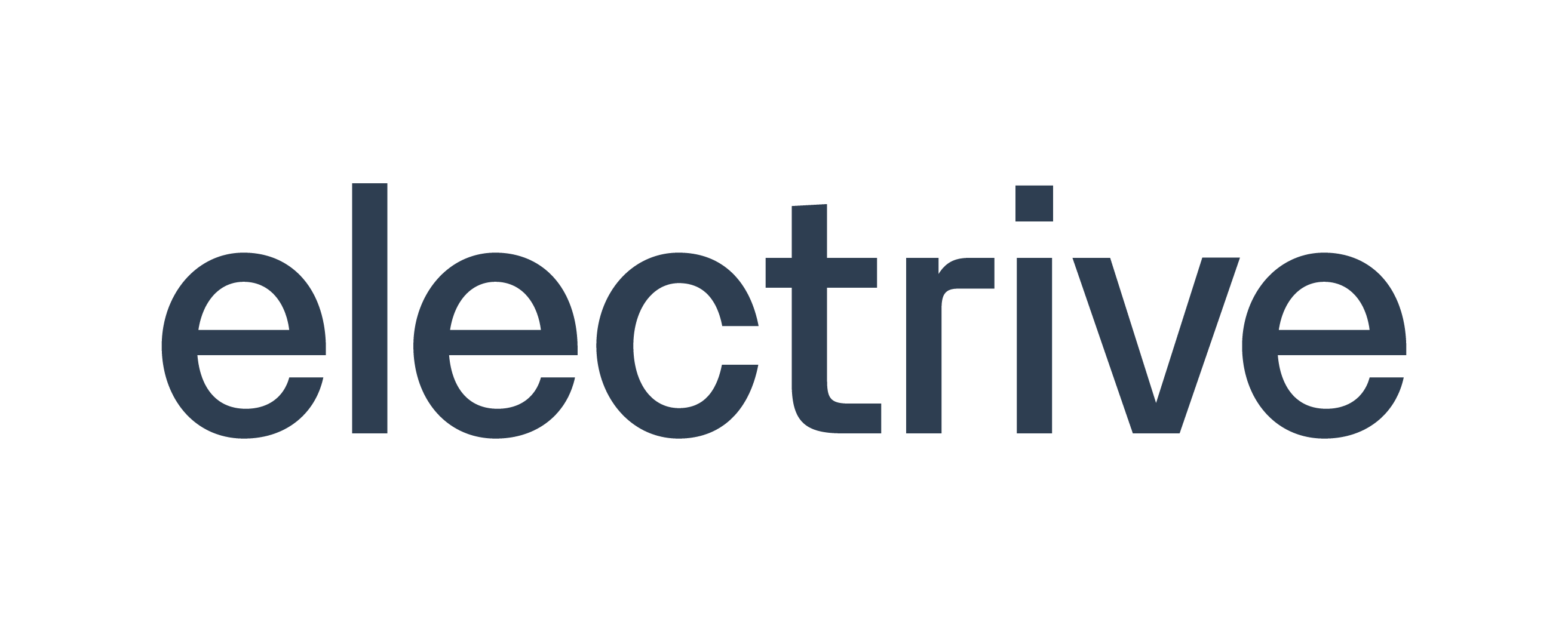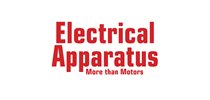The ongoing slowdown in the demand of BEVs is driving original equipment manufacturers to revise their product strategies and take a relook at the hybrid propulsion technologies that best suit their customers.
The global slowdown in battery-electric vehicle (BEV) demand has prompted many original equipment manufacturers (OEMs) to adopt a multipath strategy rather than solely focusing on electric vehicles. This decline in BEV uptake can be attributed to various factors, including regional policies, shifting consumer sentiments and the slow development of charging infrastructure and longer charging times.
Despite significant improvements in the range of BEVs, these challenges, combined with their higher prices compared with internal combustion engine (ICE) vehicles, have contributed to their sluggish market performance. Additionally, rising energy and capital costs further exacerbate the situation, making it increasingly difficult for consumers to fully embrace BEVs.
The slowdown in BEV sales is driving almost all major OEMs to scale back their pure EV investments and double down on hybrid vehicles. During the 2024 CEO Investor Day in Seoul, Hyundai announced plans to double its hybrid lineup from seven to 14 models. This expansion will include hybrid technology across various vehicle categories, including small, large and luxury cars, with all Genesis models — except fully electric vehicles — set to feature hybrid variants. Additionally, Hyundai revealed it is developing the next-generation TMED-II system, a parallel full hybrid system, which will enhance performance and fuel efficiency. This system should be integrated into production vehicles starting in January 2025. To address the recent decline in EV demand, Hyundai is also working on new extended range electric vehicle (EREV) technology, aimed at optimizing existing engines while delivering EV benefits.
In September 2024, Volvo Cars revised its strategy, moving away from its initial goal of exclusively selling BEVs by 2030. The company now plans to include hybrids in its offerings, targeting 90%-100% of sales to consist of fully electric or plug-in hybrid electric vehicle (PHEV) models, while allowing for up to 10% of sales to be mild hybrids. Similarly, Ford has cancelled its plan to build an all-electric, three-row sport utility vehicle (SUV) and is reducing capital expenditure meant for pure EVs from 40% to 30% of its annual capex budget. The challenging transition to pure EVs is also driving General Motors (GM) and Volkswagen to beef up their PHEV lineup in the near future.
Hybrid vehicles at Paris Motor Show 2024
At the Paris Motor Show 2024, many OEMs unveiled and showcased vehicles that are available in hybrid versions.
The Alfa Romeo Junior Speciale Ibrida by Stellantis, featuring a 136-hp 48V Hybrid VGT architecture, made its global debut at the Paris Motor Show 2024. It is also available with a 156-hp electric motor. It utilizes a 1.2-liter 3-cylinder Miller cycle engine with a variable-geometry turbo for enhanced reliability. The hybrid system includes a 48V lithium-ion battery, and a 21-kW electric motor integrated into a 6-speed dual-clutch gearbox, promoting efficiency. The Junior Ibrida allows for over 50% electric driving in urban settings and can maintain electric operation at speeds up to 150 km/h under light load conditions.
Model year 2025 Alfa Romeo Tonale was also debuted at the show. It is offered in a range of engines including a 130-hp 1.6 turbo diesel, a 160-hp 1.5 Ibrida, and a 280-hp PHEV in the fourth quarter of 2025.
Dacia unveiled its all-new Bigster C-segment SUV during the show. In context of propulsion type, it comes in two versions.
- A mild-hybrid version: Comprises of a 0.8KWh battery and 48V belt stator generator (BSG).
- A new Hybrid 155 version: Consists of a 1.4kWH battery and 12V BSG and transmission mounted motor.
BYD unveiled the Yangweng U8, an off-road hybrid SUV, at the event. Likewise, mainland Chinese manufacturer GAC presented its PHEV models, the GAC E9 and ES9, alongside its electric vehicle offerings. Ford also participated by showcasing the Ford Ranger, a PHEV, in addition to its EV lineup.
E-motor market outlook

It is crucial to recognize the anticipated global demand patterns for non-P4 motors used in hybrid vehicles, as they highlight the growing trend for hybrid vehicles. According to S&P Global Mobility forecasts, demand for non-P4 motors is projected to increase at a compound annual growth rate of 11% from 26.5 million units in 2023 to 53.3 million units in 2029–30, before declining to 48.2 million units by 2034 due to the expected fall in demand for hybrid vehicles (both full and mild hybrid) and the growing uptake of BEVs after 2030.
Throughout the forecast period, Greater China will likely lead the non-P4 motor (used in hybrid vehicles) market. In Greater China, the demand volume of non-P4 motors used in hybrid vehicles will continue to increase until 2029, when it should peak at 20.1 million units. Similarly, the demand for these motors used in hybrid vehicles will continue increasing in North America and Europe and hit the peak volume of 7.6 million units in 2028 and 9.6 million in 2028, respectively.
Meanwhile, Japan and Korea will continue witnessing the surge until 2032, when we expect these markets to hit peak volumes of 11.01 million units. This continued increase in demand of non-P4 motors used in hybrid vehicles can be attributed to automakers such as Toyota and Hyundai that are betting big on hybrid vehicles. We expect South Asia will also witness increasing demand for these type of motors throughout the forecast period 2023–34.
While the hybrid propulsion systems are apt to record growth in the near-to-medium term, pure BEVs will outsell hybrids in the long term as they are a better solution to the world’s energy transition and sustainability goals. Electric motors are a key propulsion component in BEVs, PHEVs and REEVs. Michael Southcott, manager, Technical Research, Production & Design, S&P Global Mobility, says, “With consumer sentiment around electric vehicle pricing, range, and charging capabilities remaining stagnant, and policymakers globally reassessing ambitious targets, it's understandable that OEMs are shifting their focus to hybrid solutions. While this doesn't change the ultimate goal of achieving 100% zero-emission vehicles, hybrids offer a viable short- to mid-term strategy for reducing vehicle emissions, giving the industry time to plan for widespread battery electric vehicle adoption.”
Author:

Priyanka Mohapatra,
Senior Research Analyst,
S&P Global Mobility
For more information, please click here




















